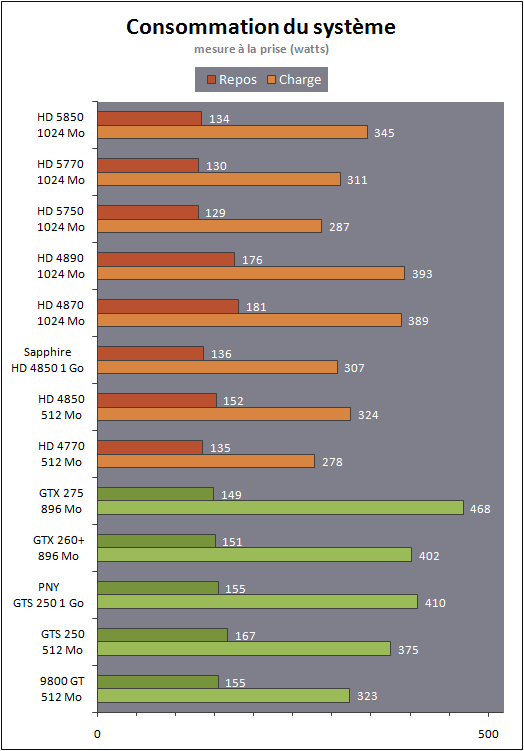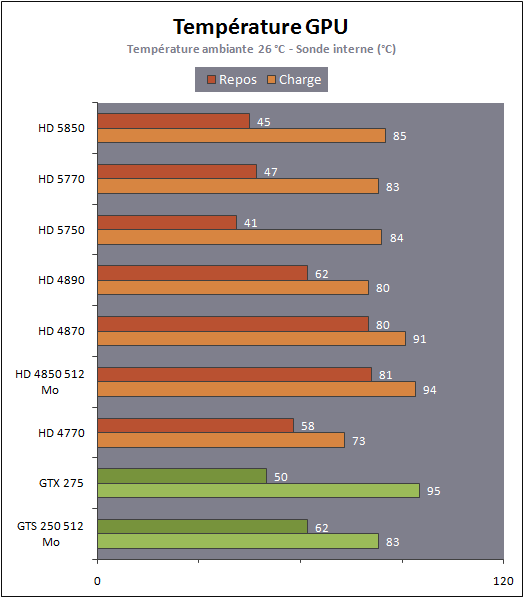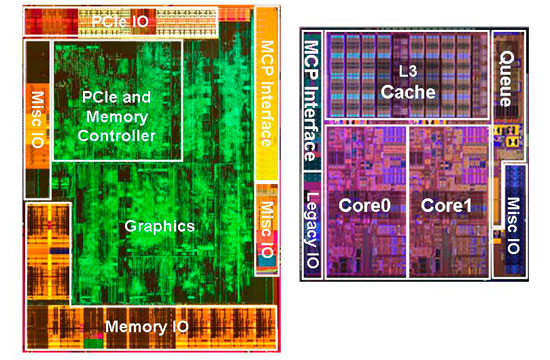Indeed, so bring on the numbers.

The idle power consumption in practise would be interesting in that the 360 OS is still using 3D acceleration. And arguably doing a fair bit more than Aero

Their concern will be thermal dissipation. Right now the 5770 needs a fairly beefy solution that would take a considerable amount of space, and it still has quite a temperature. Even then, for a console it would have to do it for potentially 24-36 hours of operation at load to pass QA.
Looking back at the RROD issues, a similar TDP may not be desirable. It's worth considering that heatsinks are not just a material cost, but also weight, particularly when you're going to be shipping 40 million+ units. Sure the heatsink may be reduced in size over the course of those units, but you're still starting out "big" i.e. later sizes will not be as small as they could have been. It's in their interests to cut costs, which led in part to RROD. And making the console bigger is probably not a great goal either.






